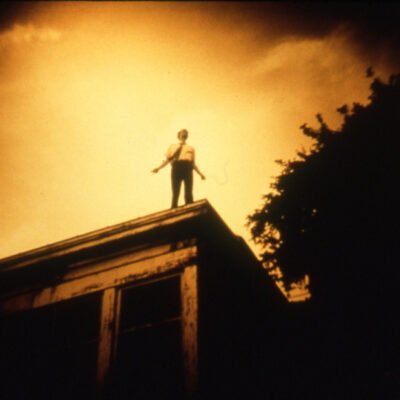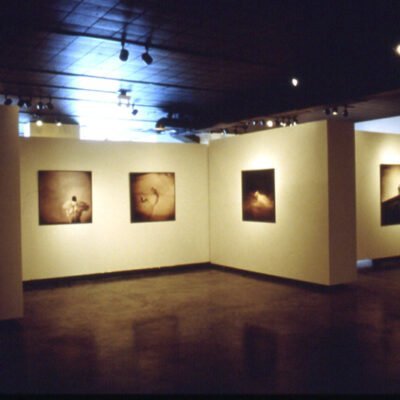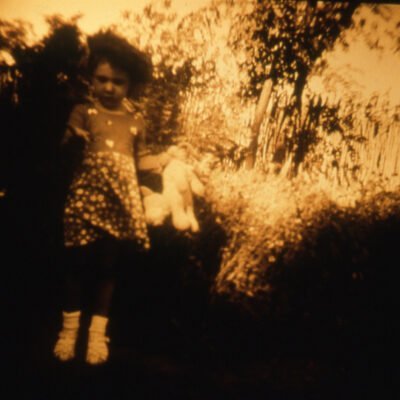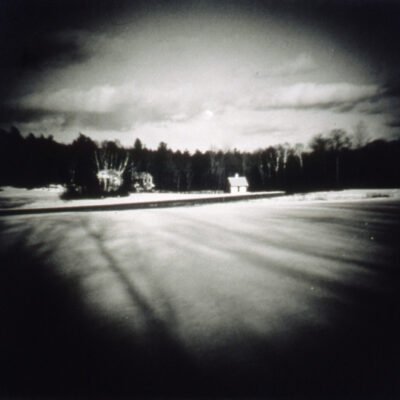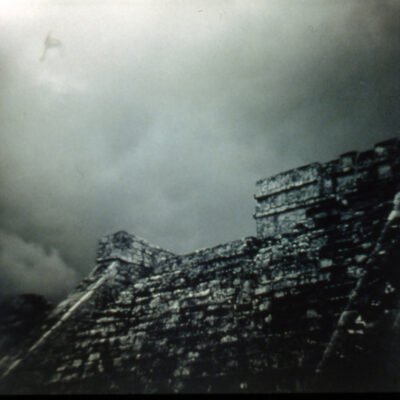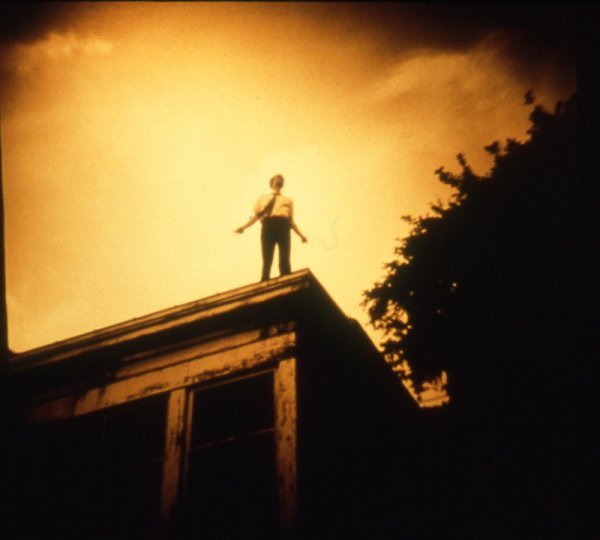
Debra Sugerman
Debra Sugerman had been using a Diana camera almost exclusively for her photography work since the early 1980s. Originally introduced in the 1950s as an inexpensive toy, the wholly plastic Diana camera was famous for the light leaks, the soft focus, and lens deformations which created images that were never fully predictable. These qualities were exactly what appealed to Sugerman, who used them to her photographic advantage. Sugerman was willing to relinquish full control of the camera to manipulate the potentials inherent in the imprecision of the Diana camera.
Exploring the waking and dreaming worlds and reconciling the conscious mind with its subconscious sibling had been a generative force in Sugerman’s work. She had spoken of the deliberate reconstructions of singular visions that had appeared in her dreams. Her photographs transcended a one-dimensional reading and compelled the viewer to fill the narrative gaps. Her photographs became speculative, private dialogues between the viewer, the image, and photographer.
Sugerman’s choice of subject matter and the absence of pictorial features that could be dated all contributed to a temporal mutability and a certain timelessness of her images. The juxtaposition of the tree (a life-affirming motif), branch, or a group of trees, often with vast areas of sky or water, charged her photographs with a dual message of hope and solitude. In her exhibit “Simple Wonders”, Sugerman’s reductive palette was composed only of primary elements: sky, water, flora. All incidental matter had been eliminated by her selective editing.

